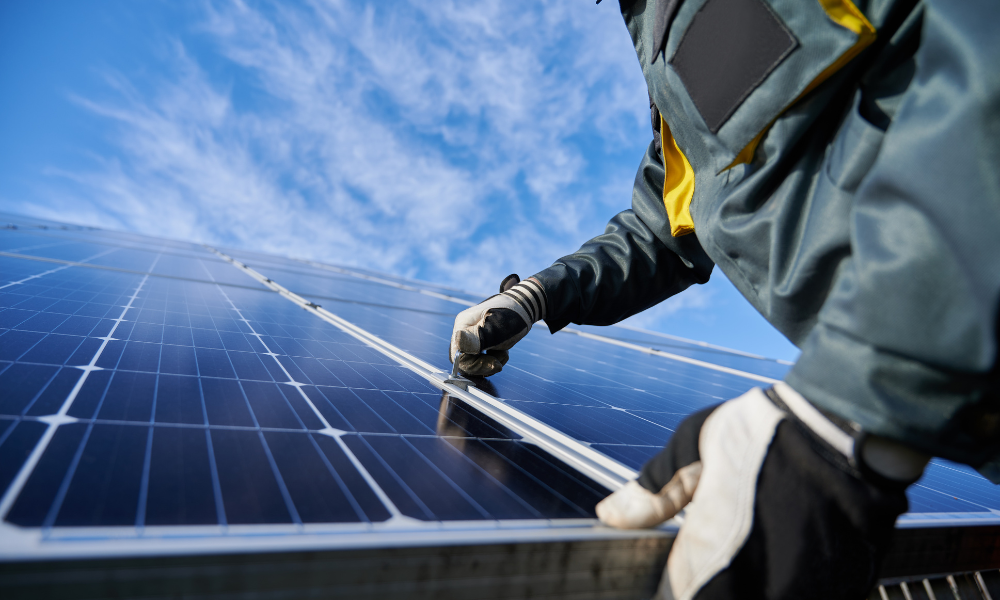Installing solar panels is a significant step toward energy independence and environmental sustainability. Here’s a comprehensive guide on what to expect during the installation process:
Initial Consultation and Site Assessment
Before the installation begins, a detailed consultation with a solar provider is essential. During this phase, an expert will assess your home’s energy needs, roof condition, and potential solar energy production. This assessment helps tailor the solar system to your specific requirements.
Designing Your Solar System
Once the assessment is complete, the next step is designing a custom solar system. Engineers will create a layout that maximizes energy production while considering the aesthetic of your home. This design phase includes selecting the appropriate solar panels, inverters, and other components.
Permits and Approvals
Solar installations require various permits and approvals from local authorities. The solar provider will handle this paperwork, ensuring all regulations and codes are met. This process can take a few weeks, depending on local requirements.
Installation Day
On the installation day, a team of professional installers will arrive to set up your solar system. The process typically involves:
- Mounting the Panels: The team will install mounting equipment on your roof to secure the solar panels.
- Electrical Wiring: Connecting the panels to the inverter and your home’s electrical system is a critical step. This process guarantees that the energy the panels produce is usable.
- Inverter Installation: The inverter converts the direct current (DC) generated by the panels into alternating current (AC) used by your home.
- System Testing: After connecting everything, we will thoroughly test the system to make sure it functions correctly and safely.
Final Inspection and Approval
After installation, a final inspection by local authorities ensures the system complies with all safety and building codes. This inspection is crucial for activating your solar system.
System Activation
Once the system passes inspection, it’s ready to be activated. Your solar provider will guide you through the activation process, ensuring you understand how to monitor and maintain your new solar energy system.
Monitoring and Maintenance
Modern solar systems come with monitoring tools that allow you to track energy production and consumption in real time. Regular maintenance, typically once or twice a year, helps keep your system operating efficiently.
Investing in solar energy is a smart move toward a greener future. Are you ready to start your solar journey? Sea Bright Solar is here to guide you every step of the way. Contact us today to schedule your consultation and take the first step toward energy independence!








